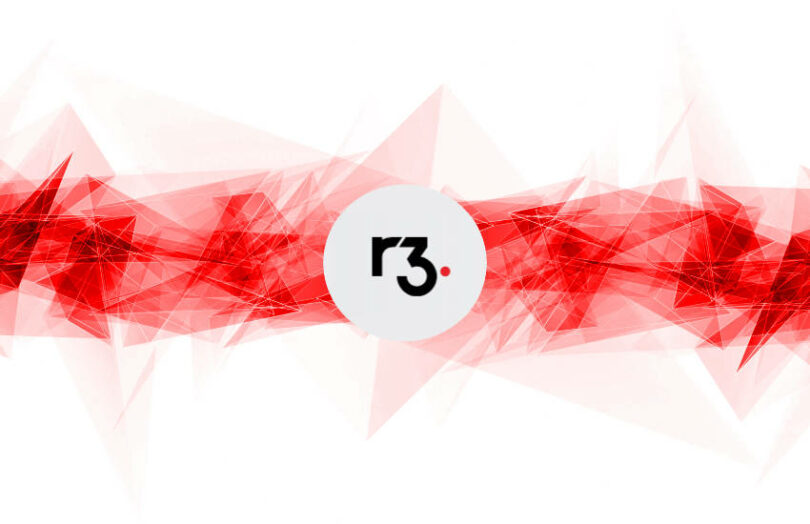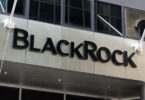Yesterday Bloomberg reported that enterprise blockchain firm R3 has held early talks with representatives of Ava Labs (affiliated with Avalanche), the Solana Foundation and Adhara about a potential minority investment in the firm, joint venture or outright sale. R3’s Corda DLT is one of the most widely used enterprise blockchains. The company declined to comment on the Bloomberg report.
R3 has a high profile list of backers including several systemically important banks. They include HSBC, Bank of America, Wells Fargo, Barclays, UBS, ING and Itaü Unibanco who were amongst 40 firms that participated in a $107 million funding round in 2017. The following year it raised an additional $5 million from forex central counterparty CLS. Since then it hasn’t announced a formal funding round, but the company had a hefty windfall estimated at around $240 million in 2019 from XRP crypto tokens.
R3 had an agreement with Ripple to promote Ripple to R3’s banking clients. As payment it received options over XRP tokens. The two firms fell out over the deal but eventually settled. While the size of the settlement was never announced, we estimated the value of the XRP involved was at least $240 million.
Meanwhile, a year ago R3 confirmed a round of layoffs. In the last few months there have been further team changes with the departure of some senior employees. Founding CTO Richard Gendal Brown now only works for the firm part-time. “He continues to play a pivotal advisory role to the CEO and the R3 Operating Committee, as well as continuing to represent R3,” a spokesperson told Ledger Insights.
One of the biggest enterprise blockchains
The company’s Corda DLT is one of the most widely used permissioned blockchains in the institutional sector with more than 60 live solutions. These include the SIX Digital Exchange which hosts the Swiss National Bank’s wholesale CBDC, Euroclear’s D-FMI tokenization platform and collateral mobility firm HQLAᵡ. The collateral firm is backed by BNP Paribas, Deutsche Börse, Goldman Sachs, HSBC, JP Morgan, UBS and others.
Another example is Japan’s Progmat security token platform, founded by MUFG, whose investors include NTT Data, SMBC, Mizuho, SBI and others. NTT Data is also involved in another high profile initiative – it helped the Italian banking association, ABI Lab, develop Spunta which is used for nightly interbank reconciliations by around 100 banks.
Bloomberg reported that some of the high profile Corda projects had shuttered. That’s true, but the same can be said across all of the major blockchains, both permissioned and permissionless. It’s the nature of innovation.
In the early days Corda made significant headway in insurance and trade finance, with two major projects in each sector. Insurance consortium B3i shuttered in 2022, and The Institute’s RiskStream insurance blockchain initiative pivoted away from Corda when it failed to raise a major funding round. Last year saw the close of two major trade finance joint ventures, Marco Polo and Contour.
The lure of permissionless blockchains
The lure of crypto and public blockchains has encouraged some firms to hedge their bets by adopting Ethereum-compatible Hyperledger Besu, which can be used as a permissioned enterprise blockchain or on the permissionless Ethereum network. The drawback is that Besu’s privacy is weaker than other enterprise blockchains, especially Corda and Canton. For example, Brazil’s CBDC project DREX adopted Besu and has been delayed while the central bank continues to analyze the development progress of privacy solutions.
Meanwhile, sources told Ledger Insights that the London Stock Exchange switched its preferred technology from Corda to Besu. That said, the stock exchange hasn’t yet launched any production DLT projects.
In future, blockchain networks are likely to be more open, but some applications will remain on permissioned blockchains. Client facing applications are more likely to be on permissionless chains, often including a layer of permissions within the token’s smart contracts.
In a sign of convergence, some layer 2 public blockchains are essentially permissioned chains. Certain public chains, including Avalanche, support permissioned sub-networks.
Despite this news, R3 continues to land major new projects. For example, it was recently selected as one of the main technology providers for the Regulated Liability Network (RLN), the tokenization collaboration involving the big UK banks, led by UK Finance. The RLN is one of many projects that make up the current institutional push to embrace tokenization in the traditional financial markets.






